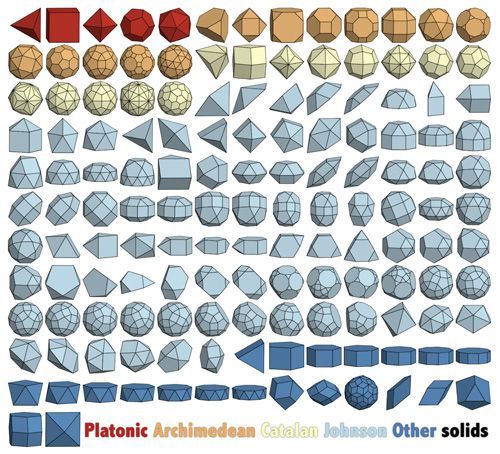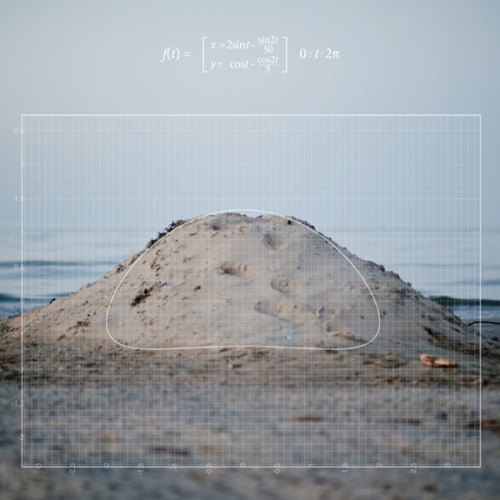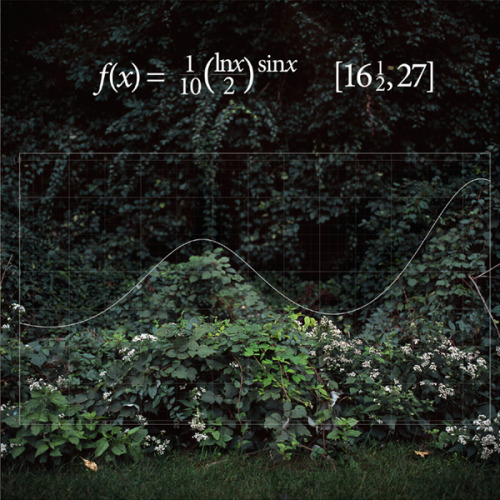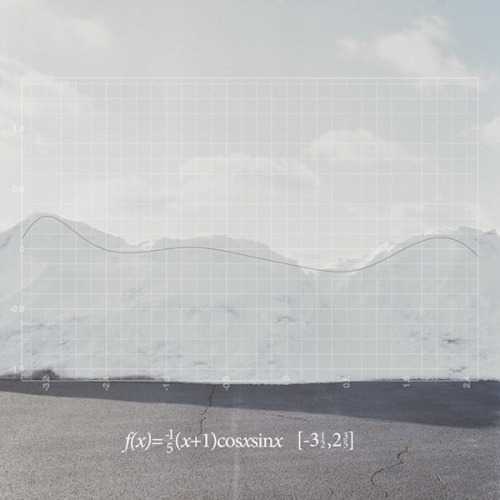Gotta Catch Em All

gotta catch em all
More Posts from Jupyterjones and Others



Geometry at work: Maxwell, Escher and Einstein
Maxwell’s diagram
from the 1821 “A Philosophical Magazine”, showing the rotative vortexes of electromagnetic forces, represented by hexagons and the inactive spaces between them
The impossible cube
invented in 1958, as an inspiration for his Belvedere litography.
Geometry of space-time
The three dimensions of space and the dimension of time give shape to the fourth, that of space-time.






The 21 Card Trick created in Python.
See how it works and read a little more about it here: [x]
Feel free to ask any questions you may have. :)

Hey guys, I’m observing a high school class and was looking at a textbook, and learned that irrationals are closed under addition! Super cool, who knew!






Eclipse Across America
August 21, 2017, the United States experienced a solar eclipse!

An eclipse occurs when the Moon temporarily blocks the light from the Sun. Within the narrow, 60- to 70-mile-wide band stretching from Oregon to South Carolina called the path of totality, the Moon completely blocked out the Sun’s face; elsewhere in North America, the Moon covered only a part of the star, leaving a crescent-shaped Sun visible in the sky.

During this exciting event, we were collecting your images and reactions online.
Here are a few images of this celestial event…take a look:

This composite image, made from 4 frames, shows the International Space Station, with a crew of six onboard, as it transits the Sun at roughly five miles per second during a partial solar eclipse from, Northern Cascades National Park in Washington. Onboard as part of Expedition 52 are: NASA astronauts Peggy Whitson, Jack Fischer, and Randy Bresnik; Russian cosmonauts Fyodor Yurchikhin and Sergey Ryazanskiy; and ESA (European Space Agency) astronaut Paolo Nespoli.
Credit: NASA/Bill Ingalls

The Bailey’s Beads effect is seen as the moon makes its final move over the sun during the total solar eclipse on Monday, August 21, 2017 above Madras, Oregon.
Credit: NASA/Aubrey Gemignani

This image from one of our Twitter followers shows the eclipse through tree leaves as crescent shaped shadows from Seattle, WA.
Credit: Logan Johnson

“The eclipse in the palm of my hand”. The eclipse is seen here through an indirect method, known as a pinhole projector, by one of our followers on social media from Arlington, TX.
Credit: Mark Schnyder

Through the lens on a pair of solar filter glasses, a social media follower captures the partial eclipse from Norridgewock, ME.
Credit: Mikayla Chase

While most of us watched the eclipse from Earth, six humans had the opportunity to view the event from 250 miles above on the International Space Station. European Space Agency (ESA) astronaut Paolo Nespoli captured this image of the Moon’s shadow crossing America.
Credit: Paolo Nespoli

This composite image shows the progression of a partial solar eclipse over Ross Lake, in Northern Cascades National Park, Washington. The beautiful series of the partially eclipsed sun shows the full spectrum of the event.
Credit: NASA/Bill Ingalls
In this video captured at 1,500 frames per second with a high-speed camera, the International Space Station, with a crew of six onboard, is seen in silhouette as it transits the sun at roughly five miles per second during a partial solar eclipse, Monday, Aug. 21, 2017 near Banner, Wyoming.
Credit: NASA/Joel Kowsky
To see more images from our NASA photographers, visit: https://www.flickr.com/photos/nasahqphoto/albums/72157685363271303
Make sure to follow us on Tumblr for your regular dose of space: http://nasa.tumblr.com
I got a migraine and threw up because of this

Jupiter’s Great Red Spot
Jupiter’s Great Red Spot (GRS) is an atmospheric storm that has been raging in Jupiter’s southern Hemisphere for at least 400 years.
About 100 years ago, the storm covered over 40,000 km of the surface. It is currently about one half of that size and seems to be shrinking.
At the present rate that it is shrinking it could become circular by 2040. The GRS rotates counter-clockwise(anti-cyclonic) and makes a full rotation every six Earth days.
It is not known exactly what causes the Great Red Spot’s reddish color. The most popular theory, which is supported by laboratory experiments, holds that the color may be caused by complex organic molecules, red phosphorus, or other sulfur compounds.
The GRS is about two to three times larger than Earth. Winds at its oval edges can reach up to 425 mph (680 km/h)
Infrared data has indicated that the Great Red Spot is colder (and thus, higher in altitude) than most of the other clouds on the planet
Sources: http://www.universetoday.com/15163/jupiters-great-red-spot/ http://www.space.com/23708-jupiter-great-red-spot-longevity.html
There are 27 straight lines on a smooth cubic surface (always; for real!)
This talk was given by Theodosios Douvropoulos at our junior colloquium.
I always enjoy myself at Theo’s talks, but he has picked up Vic’s annoying habit of giving talks that are nearly impossible to take good notes on. This talk was at least somewhat elementary, which means that I could at least follow it while being completely unsure of what to write down ;)
——
A cubic surface is a two-dimensional surface in three dimensions which is defined by a cubic polynomial. This statement has to be qualified somewhat if you want to do work with these objects, but for the purpose of listening to a talk, this is all you really need.
The amazing theorem about smooth cubic surfaces was proven by Arthur Cayley in 1849, which is that they contain 27 lines. To be clear, “line” in this context means an actual honest-to-god straight line, and by “contain” we mean that the entire line sits inside the surface, like yes all of it, infinitely far in both directions, without distorting it at all.

(source)
[ Okay, fine, you have to make some concession here: the field has to be algebraically closed and the line is supposed to be a line over that field. And $\Bbb R$ is not algebraically closed, so a ‘line’ really means a complex line, but that’s not any less amazing because it’s still an honest, straight, line. ]
This theorem is completely unreasonable for three reasons. First of all, the fact that any cubic surface contains any (entire) lines at all is kind of stunning. Second, the fact that the number of lines that it contains is finite is it’s own kind of cray. And finally, every single cubic surface has the SAME NUMBER of lines?? Yes! always; for real!
All of these miracles have justifications, and most of them are kind of technical. Theo spent a considerable amount of time talking about the second one, but after scribbling on my notes for the better part of an hour, I can’t make heads or tails of them. So instead I’m going to talk about blowups.
I mentioned blowups in the fifth post of the sequence on Schubert varieties, and I dealt with it fairly informally there, but Theo suggested a more formal but still fairly intuitive way of understanding blowups at a point. The idea is that we are trying to replace the point with a collection of points, one for each unit tangent vector at the original point. In particular, a point on any smooth surface has a blowup that looks like a line, and hence the blowup in a neighborhood of the point looks like this:

(source)
Here is another amazing fact about cubic surfaces: all of them can be realized as a plane— just an ordinary, flat (complex) 2D plane— which has been blown up at exactly six points. These points have to be “sufficiently generic”; much like in the crescent configuration situation, you need that no two points lie on the same line, and the six points do not all lie on a conic curve (a polynomial of degree 2).
In fact, it’s possible, using this description to very easily recover 21 of the 27 lines. Six of the lines come from the blowups themselves, since points blow up into lines. Another fifteen of them come from the lines between any two locations of blowup. This requires a little bit of work: you can see in the picture that the “horizontal directions” of the blowup are locally honest lines. Although most of these will become distorted near the other blowups, precisely one will not: the height corresponding to the tangent vector pointing directly at the other blowup point.
The remaining six points are can also be understood from this picture: they come from the image of the conic passing through five of the blowup points. I have not seen a convincing elementary reason why this should be true; the standard proof is via a Chow ring computation. If you know anything about Chow rings, you know that I am not about to repeat that computation right here.
This description is nice because it not only tells us how many lines there are, but also it roughly tells us how the lines intersect each other. I say “roughly” because you do have to know a little more about what’s going on with those conics a little more precisely. In particular, it is possible for three lines on a cubic surface to intersect at a single point, but this does not always happen.
I’ll conclude in the same way that Theo did, with a rushed comment about the fact that “27 lines on a cubic” is one part of a collection of relations and conjectured relations that Arnold called the trinities. Some of these trinities are more… shall we say… substantiated than others… but in any case, the whole mess is Laglandsian in scope and unlikely even to be stated rigorously, much less settled, in our lifetimes. But it makes for interesting reading and good fodder for idle speculation :)

That’s the secret of programming.
-
 sozeugs liked this · 6 months ago
sozeugs liked this · 6 months ago -
 groovy-gyros reblogged this · 1 year ago
groovy-gyros reblogged this · 1 year ago -
 groovy-gyros liked this · 1 year ago
groovy-gyros liked this · 1 year ago -
 oksana112358 liked this · 1 year ago
oksana112358 liked this · 1 year ago -
 orion-coalition liked this · 1 year ago
orion-coalition liked this · 1 year ago -
 blueazulblue2307-blog reblogged this · 2 years ago
blueazulblue2307-blog reblogged this · 2 years ago -
 blueazulblue2307-blog liked this · 2 years ago
blueazulblue2307-blog liked this · 2 years ago -
 randommouseclick liked this · 2 years ago
randommouseclick liked this · 2 years ago -
 writtenweaponry liked this · 2 years ago
writtenweaponry liked this · 2 years ago -
 corvidcompanion liked this · 3 years ago
corvidcompanion liked this · 3 years ago -
 wanderingandfound reblogged this · 3 years ago
wanderingandfound reblogged this · 3 years ago -
 wanderingandfound liked this · 3 years ago
wanderingandfound liked this · 3 years ago -
 mountaingoat0112 liked this · 3 years ago
mountaingoat0112 liked this · 3 years ago -
 sanjukhsstuff liked this · 3 years ago
sanjukhsstuff liked this · 3 years ago -
 concupiscience reblogged this · 3 years ago
concupiscience reblogged this · 3 years ago -
 esenzhe reblogged this · 3 years ago
esenzhe reblogged this · 3 years ago -
 esenzhe liked this · 3 years ago
esenzhe liked this · 3 years ago -
 dinahgcc liked this · 3 years ago
dinahgcc liked this · 3 years ago -
 ct2311 liked this · 3 years ago
ct2311 liked this · 3 years ago -
 vampire-eros reblogged this · 3 years ago
vampire-eros reblogged this · 3 years ago -
 helenachastel liked this · 4 years ago
helenachastel liked this · 4 years ago -
 everything-is-a-sausage reblogged this · 4 years ago
everything-is-a-sausage reblogged this · 4 years ago -
 concupiscience reblogged this · 4 years ago
concupiscience reblogged this · 4 years ago -
 dextrius1 liked this · 4 years ago
dextrius1 liked this · 4 years ago -
 totalitariandemocracy liked this · 4 years ago
totalitariandemocracy liked this · 4 years ago -
 concupiscience reblogged this · 4 years ago
concupiscience reblogged this · 4 years ago -
 concupiscience reblogged this · 4 years ago
concupiscience reblogged this · 4 years ago -
 bijective-homomorphism reblogged this · 4 years ago
bijective-homomorphism reblogged this · 4 years ago -
 odyssey420 liked this · 5 years ago
odyssey420 liked this · 5 years ago -
 charseraph liked this · 5 years ago
charseraph liked this · 5 years ago -
 n1ghtwo1f liked this · 5 years ago
n1ghtwo1f liked this · 5 years ago -
 pinealis liked this · 5 years ago
pinealis liked this · 5 years ago -
 baboon-87 liked this · 5 years ago
baboon-87 liked this · 5 years ago -
 doctorwhoberateduberdriver reblogged this · 5 years ago
doctorwhoberateduberdriver reblogged this · 5 years ago -
 thanksforthedinosaur reblogged this · 5 years ago
thanksforthedinosaur reblogged this · 5 years ago -
 kellyrick reblogged this · 5 years ago
kellyrick reblogged this · 5 years ago -
 kellyrick liked this · 5 years ago
kellyrick liked this · 5 years ago -
 thanksforthedinosaur reblogged this · 5 years ago
thanksforthedinosaur reblogged this · 5 years ago -
 annoyinglyeclecticruins reblogged this · 5 years ago
annoyinglyeclecticruins reblogged this · 5 years ago -
 annoyinglyeclecticruins liked this · 5 years ago
annoyinglyeclecticruins liked this · 5 years ago -
 alk995-blog liked this · 5 years ago
alk995-blog liked this · 5 years ago -
 luisle9-blog liked this · 5 years ago
luisle9-blog liked this · 5 years ago -
 the-boundless-blue reblogged this · 5 years ago
the-boundless-blue reblogged this · 5 years ago